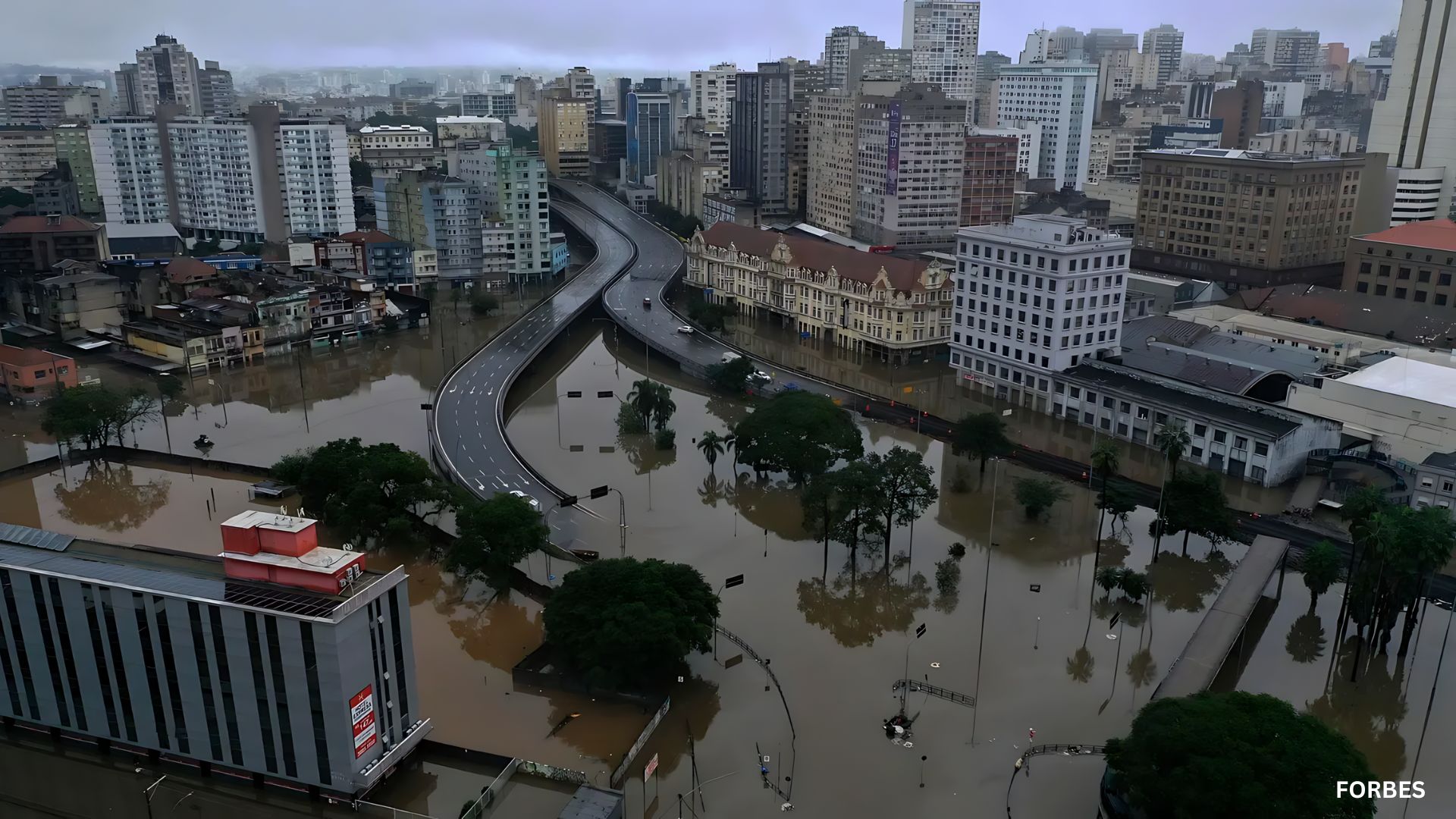Over the past weekend, catastrophic floods claimed hundreds of lives in Brazil, Afghanistan, and Indonesia, marking a continuation of severe weather events that have recently ravaged various parts of the world. These disasters follow similar devastating floods in Brazil, Kenya, and Tanzania, and extensive damage in Dubai and Oman over the last two weeks.
In Afghanistan, flash floods in the northern Baghlan Province resulted in the deaths of at least 315 people and injured over 1,600 others, according to Reuters. The Taliban-controlled refugee agency reported that the heavy rains destroyed around 3,000 houses in Baghlan, along with significant damage in the neighboring provinces of Takhar and Badakhshan. UNICEF confirmed that 51 of the victims were children.
Indonesia faced a combination of torrential rains, a cold lava flow from the erupting Mount Merapi volcano, and mudslides that caused a river to overflow its banks, flooding villages on the island of Sumatra over the weekend. The Indonesian National Disaster Management Agency reported 37 deaths and more than a dozen missing persons.
In South America, Brazil’s Rio Grande do Sul state continued to experience deadly flooding, with the death toll rising to 143 by Sunday. The floods, which began on April 29, have displaced over 500,000 people across 446 municipalities in the southern state, with 81,285 residents currently living in shelters.
These recent floods highlight the ongoing and escalating impact of extreme weather events across the globe, underscoring the urgent need for enhanced disaster preparedness and climate resilience measures.






















